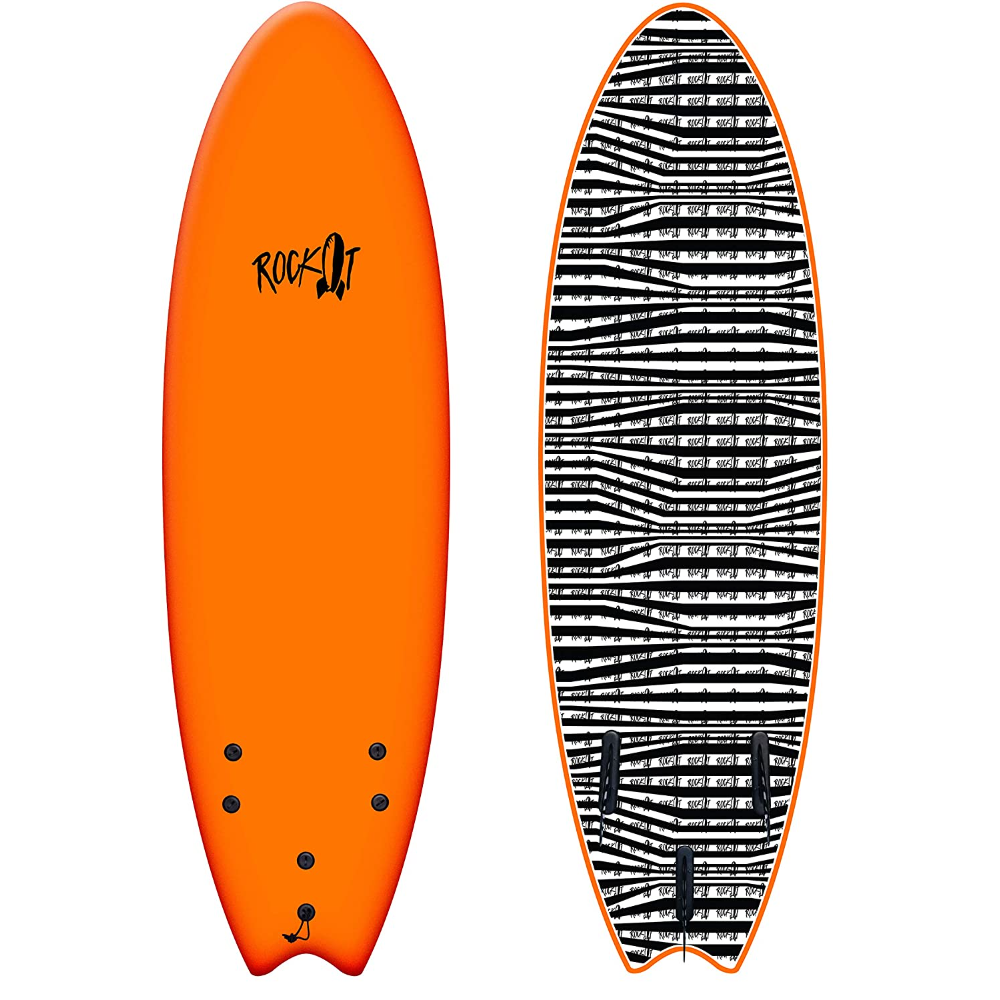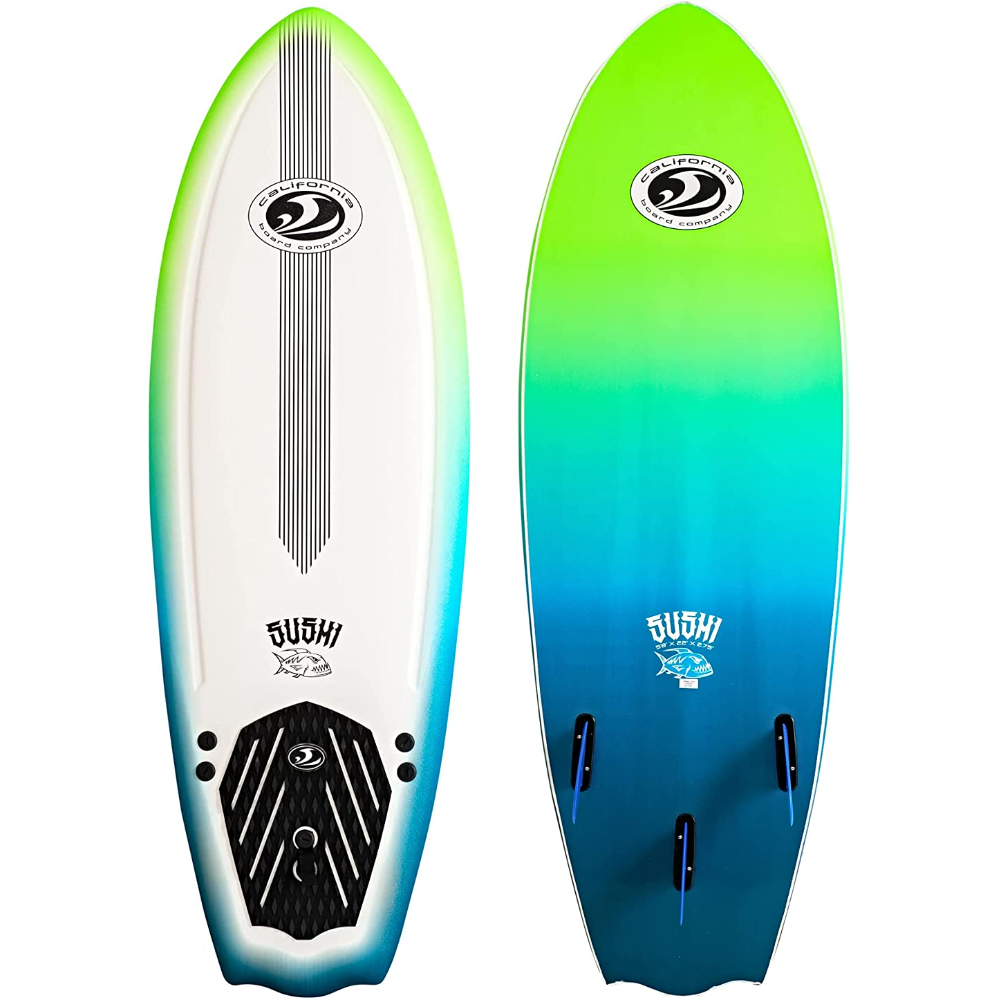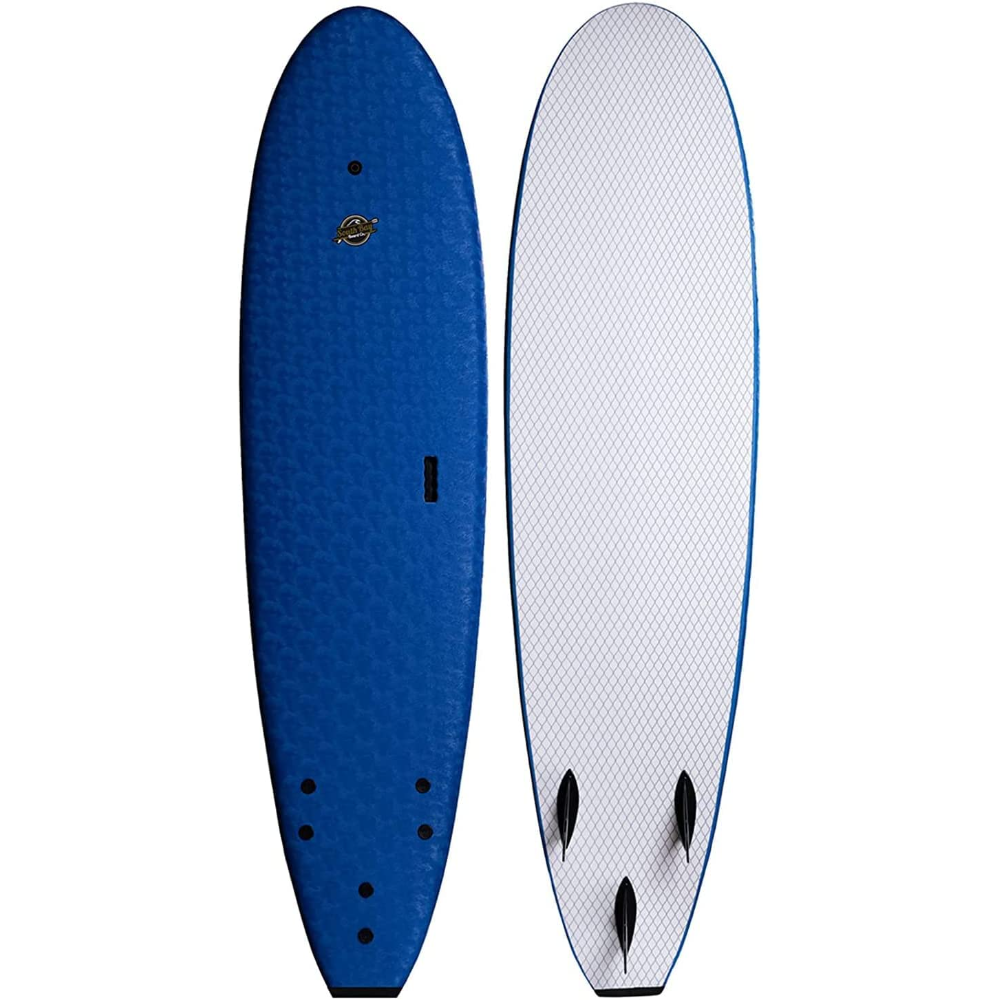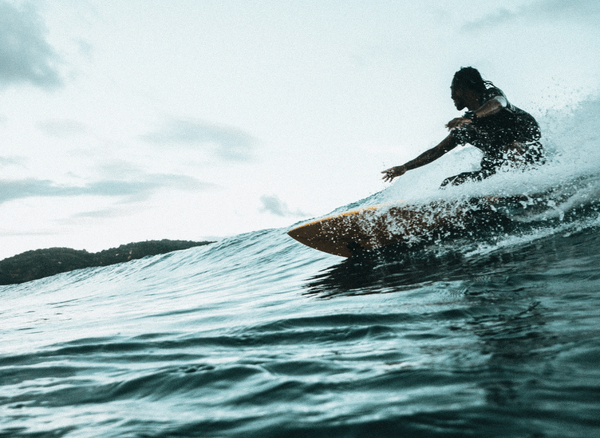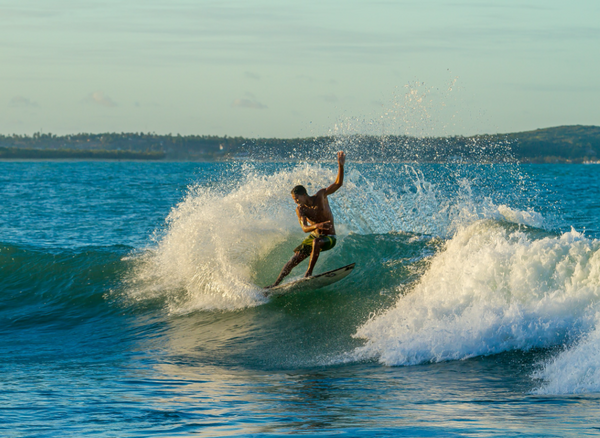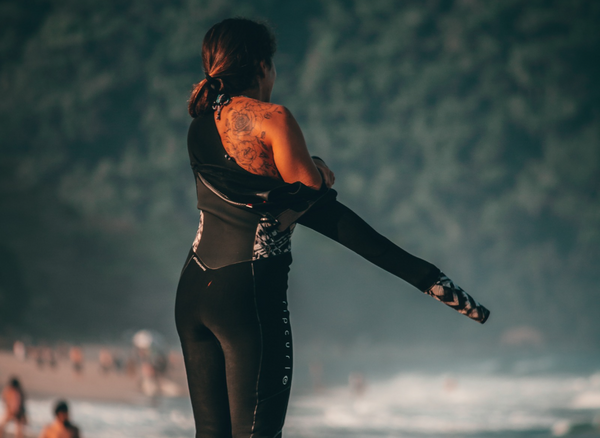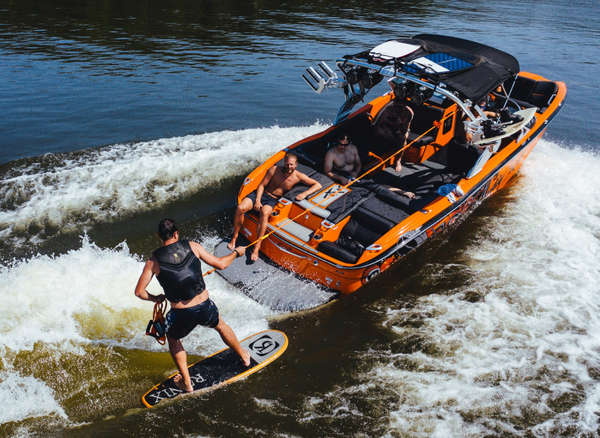Dudes and Dudettes, when you're ready to rip waves, the board you have is key to showing off your mad skills. Check it out - the shortboard is killer for gnarly wave riding. But with so many dope options, it's tough to pick the right board. That's why we've done the work and compiled a list of the sickest paddling shortboards around. If you're a total shredder, our sweet picks will have you dialed in for a rad surf session.
What you need to know about Shortboards
Shortboards are a must-have for every rad surfer trying to up their skills. To get your surf on, you gotta ace paddling. You dig?
When it comes to choosing a paddling shortboard, you wanna think about key specs like length, width, and volume. The longer the board, the faster you're gonna paddle, while the wider board equals more chill stability, ya feel? And don't forget about the rocker - it's what breaks you when hitting those juicy waves. So, get yourself that righteous board and stoke those surf skills, man.
Why are short boards harder to ride?
Shortboard surfboards are generally narrower and harder to control than longboards, making them more difficult to ride. The shorter length of shortboards makes them less buoyant in the water, reducing their stability by providing less surface area for paddling and catching waves. Additionally, the reduced planing area on shortboards requires surfers to generate more speed for take-offs.
Shortboarders need to be comfortable with quick responses since they turn faster due to their shorter length and narrow design. This tends to make riding a higher degree of difficulty as compared with longer boards since you’re relying on your own strength rather than the board’s length or width for extra stability. Ultimately, learning how to properly use a shortboard comes down to having good timing, technique, balance and knowledge of wave conditions which come from experience and practice.
Why is it harder to paddle on a shortboard surfboard?
Shortboards are shorter than other boards, making them more difficult to paddle. With your feet hanging off the board, be sure to keep a good balance. The narrow design creates less surface area for the water to displace when paddling, meaning there’s less power and speed gained compared with a longer board. Furthermore, shortboards tend to have a lower nose rocker (the angle of the nose), which results in more drag when trying to push through the waves. This combination of factors makes it harder for a surfer to move through the water efficiently, resulting in an overall slower paddling experience. For these reasons, newbie surfers will often opt for a longboard due their wider surface area that allows them greater momentum while navigating waves.
Can you paddle on a shortboard surfboard?
Yes, you can paddle on a shortboard surfboard – although it may take some practice to get the hang of it. A shortboard is designed for maneuverable turns and quick acceleration across the face of the wave, meaning that paddling may require more strength and effort than what's needed for larger boards.
How to Paddle on a Shortboard for those Waves
All surfers know that paddling is essential to catching good waves. Without strong paddling skills, you won't be able to catch any waves. However, paddling on a shortboard can be a bit more challenging than on a longboard. Here are some tips to help you improve your paddling technique.
1. Body Positioning:
The first step to paddling on a shortboard is to get your body positioning right. Lie flat on the board, with your chest lifted, and your arms extended forward. Make sure your arms remain shoulder-width apart, and your head is up. This position will help you put more power into your strokes, and you'll be able to maintain your speed.
2. Proper Technique:
The correct paddling technique is crucial to catch waves on a shortboard. Reach your arms forward, and sink your fingertips in the water, keeping your hands close to the board. Then pull the water back towards your hips, using your arm muscles. As you pull, rotate your hips and torso. This movement will help you generate a more powerful stroke, and you'll be able to increase your paddle speed.
3. Target the Right Waves:
Shortboards are the best surfboards to catch steeper, faster waves. Paddle over to where you see the waves breaking, and position yourself so that you can get a good view of the incoming sets. Look for waves that are pitching and peaking. These are the waves that are an ideal match for the maneuverability and speed of your shortboard.
4. Fitness:
Paddling on a shortboard takes significant energy and strength. To improve your paddle power and stamina, add some swimming or cardio exercises to your surf training routine. Strengthening your core, arm, and upper body muscles will help build endurance. This extra physical endurance will increase your ability to ride all those challenging waves.
5. Practice:
The final step to improve your shortboard paddling skills is repetition. Consistency matters, so make sure you practice, whether you live close to the beach or not, you can also practice your technique in your local pool with an exercise ball. The more time you spend in the water, the more comfortable and confident you'll feel.
How We Choose the Best Shortboard
To choose the best boards for our review, we considered several key factors that can make or break a surfer's experience in the water. We evaluated each shortboard's length, width, volume, and rocker, all of which impact a surfer's ability to paddle quickly and efficiently while also ensuring stability and balance when riding the waves. Additionally, we looked for shortboards that were constructed from high-quality materials and designed for durability, longevity, and resilience in rough waters. Finally, we compared prices to ensure that all of our top picks were affordable and accessible for surfers of all levels.
🏅 Rock-It 6' Albert Surfboard
why we ❤️ this shortboard
When it comes to finding the best overall shortboard, it's hard to beat the Rock-It 6' Albert Surfboard. Not only is it the perfect starter board, but it's also a great option for anyone who wants to enjoy the waves without the risk of getting hurt with a hard surfboard. While it may take some time to get the hang of surfing with this board, once you do, it delivers a fantastic experience, especially if you catch a wave that's at least 3 feet high. Furthermore, this well-made soft top looks great and performs well in the water, making it an excellent purchase for any surfer. While some may find it to be a bit too slippery, there's always the option of adding some extra grips to make the experience even better. Overall, if you're looking for the best shortboard out there, the Rock-It 6' Albert Surfboard is an excellent option that's worth the investment.
🏄🏽♀️ features
The Rock-It 6' Albert Surfboard is the perfect starter board that we absolutely adore. Its soft-top design means that beginners won't have to worry about getting their teeth knocked out with a hard surfboard, which can be a major concern in the early stages of learning to surf. Although it can be a little difficult to surf unless you have some experience and can catch at least a 3-foot wave, it still makes for a fantastic extra-large boogie board. The great, well-made soft top looks amazing and surfs just as well as a traditional board. Additionally, the flexible and soft fins are highly functional and help make this board one of the best out there. One caveat: it can be a little slippery without extra grips, but overall this board is a fantastic investment for anyone looking to learn to surf.
🥈 California Board Company CBC Surfboard
why we ❤️ this shortboard
When it comes to finding a shortboard, budget is often a major concern for surfers of all levels. That's where the California Board Company CBC Surfboard comes in. This shortboard is a unique and affordable option that fills a niche in the surfboard market. Known as the only affordable fish surfboard, the CBC Surfboard offers excellent paddling power and is a one-of-a-kind option for riders looking to up their game without breaking the bank. The CBC Surfboard is a fantastic choice for advanced surfers.
🏄🏽♀️ features
The California Board Company CBC surfboard is the perfect choice for surfers on a budget who want a sweet shortboard. It's made with high-density EPS foam core that provides excellent buoyancy and stability in the water. The full graphic deck and graphic bottom make this surfboard look great out on the waves. The attached traction pad ensures a better grip and makes it easier to ride. The new fin system with 3 blue fins attached gives it great maneuverability and control while surfing. Plus, the added surf leash ensures your safety while you're out on the water. With a weight of just 6.5 pounds, this affordable surfboard is easy to handle and perfect for beginner and intermediate surfers who want to take their skills to the next level without breaking the bank.
🥉 South Bay Board Co. Soft-Top Surfboard
why we ❤️ this shortboard
The South Bay Board Co. Soft-Top Surfboard is a rad shortboard on the podium. This high-performance shortboard has awesome features and quality that you won't find in another foam board. The fabrication is high duty, ensuring that it can withstand any wave and still come out looking as good as new. Not only is it made for performance, but it's also made for comfort. The soft-top prevents any discomfort or rash that might come from a traditional board. The materials used in this board are also extremely durable, so you'll be able to enjoy your surfing for years to come. Overall, the South Bay Board Co. Soft-Top Surfboard is a super fun, high quality foam board that will exceed any surfer's expectations.
🏄🏽♀️ features
When it comes to surfing, having the right board can make all the difference. These high performance shortboards from South Bay Board Co. has proven to be a standout choice. With a rounded out nose for extra float and a widened chest area for easier pop-ups, this board is a dream for surfers of all levels. The squash tail allows for cleaner turns, while the double concave bottom deck provides extra speed and control. Plus, with a patented heat release valve and heavy-duty bamboo body armor shell, you can trust that this board was built to last. For those in search of one of the best paddling shortboard, the 7’ Ruccus Foam Surfboard is certainly worth checking out.
Paddling Shortboards FAQs
Looking to become a better surfer? Choosing the right paddling shortboard can make all the difference. Before making a purchase, it's natural to have questions. Here are common FAQs - ranging from choosing the right size board to proper storage techniques - and their detailed answers to help you make an informed decision.
What size paddling shortboard should I choose?
The size of your paddling shortboard depends on several factors, including your weight and skill level. As a general rule, longer boards offer more stability, while shorter boards are more maneuverable. A board that is roughly 1-2 feet taller than your own height is a good place to start.
Does the width of the board matter?
Yes, the width of the board plays a significant role in stability and balance. A wider board will be more stable, which is beneficial for beginners. However, a narrower board can provide more performance benefits for experts.
What are the ideal volume and thickness for a paddling shortboard?
The ideal volume and thickness of a paddling shortboard will depend on the weight, fitness level, and experience of the surfer in question. Generally, thinner and less voluminous boards are better suited for experts and surfers with higher skill levels. However, heavier surfers or those with less experience may benefit from boards with more volume and thickness.
What is the difference between a rocker and a flat board?
A flat board has no curve from nose to tail, while a board with a rocker has a slight upward curve. Rockers provide improved maneuverability and wave-catching abilities, while flat boards tend to be more stable and predictable.
Should I choose a symmetrical or asymmetrical board?
Asymmetrical boards are designed to cater to surfers who have a specific stance. Generally, these boards aren't recommended for beginners, as they require more expertise to ride. Symmetrical boards are more versatile and can be ridden by surfers of all skill levels.
Are certain surfboard materials better for paddling performance?
Materials like foam and epoxy are known for their durability, maneuverability, and paddling performance. However, they can be more expensive than other materials.
How do I store my shortboard to maintain its condition?
Store your board in a cool, dry place that isn't exposed to excess heat or sunlight. Consider investing in a board bag or protective sleeve to prevent minor scratches.
Is a longer board necessarily better for paddling speed, or are there other factors to consider?
While longer boards do provide some benefits in terms of paddling speed, other factors are equally important. For example, a board's width, rocker, and volume can all impact how quickly a surfer can paddle. Ultimately, the best board will depend on your individual needs and skill level.
What's the difference between a traditional surfboard and shortboard?
The main difference between a normal surfboard and shortboard is their size. A shortboard typically measures shorter and thinner than traditional surfboards. This narrow profile helps to increase maneuverability and performance when riding waves.
Shortboards are designed for more aggressive surfing styles due to their small size. Surfers can take off deeper into the wave due to their smaller size as well as generate more power for maneuvers like snapping backside cutbacks and launching airs at lip level. Longer boards provide less control and performance in comparison since they tend not to be as fast or maneuverable as their shorter counterparts – making them better suited for beginner level riding or bigger beach break conditions where control is key rather than dynamic quick turning power.
The Best Shortboard for You
Choosing the right shortboard is essential for becoming a successful surfer. Such boards have different key specifications to consider like size, width, volume, and rocker. Additionally, paddling on a shortboard requires technique, wave knowledge, fitness, and practice. Factoring in these elements, you can find the perfect board that will enable you to make the most of surfing. Don’t be discouraged if achieving that goal seems like an uphill battle - with patience and persistence combined with some tips, you’ll soon start seeing results. To help with your search for a shortboard, ensure to check out our reviews above. So don't give up, keep paddling, and before you know it, you will be gliding on the waves with the grace of a dolphin.
Some of the links on this website may generate an affiliate commission, at zero cost to you. As an Amazon Associate, we earn from qualifying purchases. Your subscription and associate links helps make this site possible; and allows Gold Medal Ratings to exist. Thank you!





